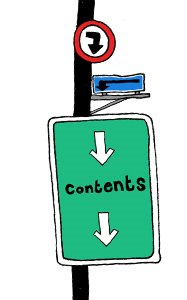 Again although a basic preliminary project, I found this quite exciting and a generator for future ideas. Bringing together the previous experiments I decided to use basic photography and the same techniques to distort and change the form and character of the face.
Again although a basic preliminary project, I found this quite exciting and a generator for future ideas. Bringing together the previous experiments I decided to use basic photography and the same techniques to distort and change the form and character of the face. The top left image has been cut up and placed back together in reverse order. It is interesting to see how the image retains a certain degree of recognition, particularly in the centre of the image which compares to this cambridge study on text. Here they argue how the human mind does not read each letter separately, but the word as a whole. E.g. Hree tehy agrue how the hmuan mnid deos not raed ecah lteetr saeraplty, but the wrod as a wlohe.
Does this apply to our face? This reminded me of something I saw on the telly recently where the eyes and mouth are turned upside down yet still look normal at first glance - is this because the brain takes in the face as a whole (to recognise) at first and then breaks it down?
On this BBC science page I found that the brain goes through three stages in face recognition. The first assesses the face's physical aspects, secondly we decide whether it is a known, recognisable face and the third step - which some struggle with - is to put a name to the face.
So, although it is a simple experiment, these images poke into basic neuroscience and hopefully challenge the ability to initially recognise a face. This is a really interesting direction to move in, using faces and distorting them to challenge the ability to recognise them could be related to the idea of pretense that we create for ourselves - My artwork in effect could begin to mimic or illustrate the changes that we place on our appearance, both physical or mental in order to fit in. The work could take on a satirical tone in order to mock the images produced or act as a surprise to people into realising what they look like when they lie outrageously about themselves. Would the person be able to recognise their own face once the changes had taken effect?
The below images are continuing to experiment with form, both stretching and shrinking the face - to show the effects of fat or thin in the face.







No comments:
Post a Comment